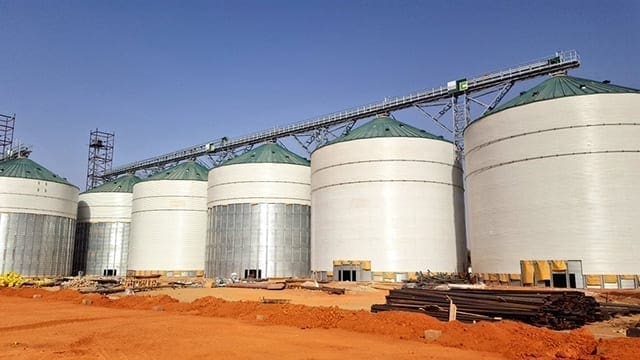UK – Agriculture and Horticulture Development Board (AHDB) has revealed that UK producers have limited opportunities to export products to New Zealand (NZ) and a limited threat to the supply to its domestic market in the short term.
The levy board which represents farmers, growers, and others in the supply chain attributes the limited opportunities to New Zealand’s trade focus that is shifting more to lucrative existing markets such as China.
AHDB points out that the knock-on effect of this trade deal on the UK is that UK exports to the EU may fall by under 400 tonnes (25% scenario) and 1,300 tonnes (outright ban scenario) due to increased competition from New Zealand for the EU market.
The statutory levy body says the EU is the main market for both the UK and New Zealand export market for the lamb and with the new trade negotiations that have been concluded and now await ratification prior to the deal coming into force in late 2023, will adversely impact UK’s farmers.
Once in force, tariffs on NZ sheep meat imports into the UK will be removed 15 years after the UK /NZ Free Trade Agreement (FTA) is in effect.
Until then, there will be specific transitional quotas in place whereby imports will be tariff-free if they come into the UK under the quota but will face WTO tariffs.
The WTO tariff gives a price advantage to locally-produced goods over similar goods which are imported and will be employed to the products if they exceed the quota: Years 1 – 4: 35,000 tonnes and Years 5 – 15: 50,000 tonnes.
David Swales, AHDB head of strategic insight, said: “Inevitably, these deals prompt debate in the industry, with farmers wondering whether this presents yet another headache in the form of cheap imports to the UK market.
“With this very much in mind, we at AHDB have again taken a deep dive into the intricacies of the deal and produced an evidence-based analysis of just what the opportunities and risks are for the agri-food sector.
He added that it is clear that New Zealand farmers will benefit from this trade deal with UK farmers negatively impacted.
The analysis shows that the impact should be modest, but there are risks of a more substantive impact in scenarios where New Zealand’s trade with China is disrupted, Swales notes.
For lamb, New Zealand will increase its exports by diverting some of its existing exports, notably from China, coupled with a small increase in production.
While the AHDB model has predicted that New Zealand’s production of lamb will increase by over 2,000 tonnes, this is a small increase in percentage terms, in reality, it is unlikely considering that the sheep numbers in New Zealand have been falling.
These results assume that China/New Zealand trade relations stay the same and if the relationship was to break down, and China imposed tariffs on New Zealand lamb imports or banned them altogether, there would be much more lamb on the global marketplace.
The modeled scenarios also show New Zealand exports to the UK will rise by around 13,000 tonnes (31%) if China imposed a 25% tariff on NZ lamb imports and 29,000 tonnes (69%) if there was an outright ban.
Concurrently, in case of a reduction of the current level of non-tariff barriers, in both directions, will lead to reduced costs for New Zealand exporters supplying the UK market, and this will also impact the UK’s farmers.
Liked this article? Subscribe to Food Business Africa News, our regular email newsletters with the latest news insights from Africa and the World’s food and agro-industry. SUBSCRIBE HERE.










